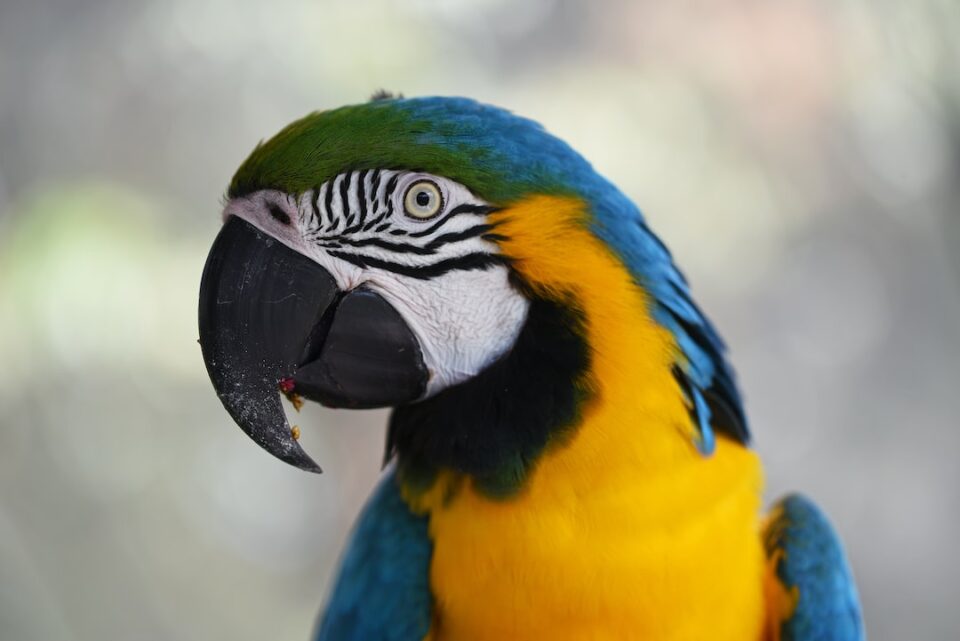Survival of the Fittest: Studying Animal Survival Strategies
In the animal kingdom, only the strongest and most adaptable creatures thrive. This principle, known as “survival of the fittest,” has been at the heart of evolutionary theory for centuries. By studying the various survival strategies employed by different animals, scientists gain valuable insights into the intricate workings of the natural world.
Animals have developed a wide range of survival strategies, each unique and tailored to suit their specific environments. The first and foremost strategy is adaptation. Many animals undergo physical and behavioral changes to better thrive in their habitats. From camouflage to mimicry, these adaptations are essential for survival.
Camouflage is a prevalent strategy employed by numerous creatures. It allows them to blend seamlessly with their surroundings, making it harder for predators to detect them. For example, the chameleon’s ability to change its skin color helps it blend with its surroundings, ensuring effective camouflage. Similarly, the Arctic hare’s white fur helps it blend into the snowy landscape, providing protection against potential predators.
Mimicry is another survival strategy where animals imitate the appearance or behavior of other species. It serves as a form of defense against predators or as a means to deceive prey. The viceroy butterfly, for instance, has developed a strikingly similar appearance to the toxic monarch butterfly, dissuading potential predators from attacking it. By mimicking the toxic species, the viceroy butterfly avoids potential harm.
Foraging and hunting techniques are vital survival strategies for animals to obtain food. Many animals have developed specific hunting or foraging behaviors to maximize their chances of capturing prey or finding sustenance. For example, dolphins utilize an elaborate hunting strategy called “strand feeding,” where they chase fish onto mudbanks, forcing them to become stranded and easily accessible. This innovative strategy ensures a plentiful food source for the dolphin community.
Social dependency is another survival strategy often seen in animals, especially those that live in groups or colonies. By sticking together, animals can protect each other, increase their chances of finding food, and care for their young collectively. For instance, meerkats rely on a sophisticated division of labor to enhance their chances of survival. While some members forage for food, others act as sentinels, keeping a lookout for potential predators. This cooperative behavior is crucial for their survival in the harsh African desert.
Migration is a survival strategy employed by many animals to cope with seasonal changes or scarcity of resources. Birds, for instance, undertake long and arduous journeys during migration seasons to reach more favorable breeding or feeding grounds. The arctic tern, known for its remarkable endurance, migrates from the Arctic to the Antarctic and back every year, covering a distance of up to 44,000 miles. This migration strategy allows them access to abundant food sources and suitable breeding grounds, ensuring their survival.
Finally, reproduction plays a critical role in ensuring the survival of a species. Animals have developed various reproductive strategies to guarantee the continuation of their lineage. Some animals, like birds, build elaborate nests to protect their eggs and offspring from potential threats. Others, like sea turtles, rely on mass nesting events, increasing the chances of survival for their young.
In conclusion, the animal kingdom is a fascinating realm of survival strategies, each unique to the species and its environment. From adaptation and camouflage to foraging and migration, the study of these techniques unveils the intricacies of evolutionary biology. By understanding these strategies, scientists gain valuable insights into the delicate balance of nature and the survival of the fittest.

